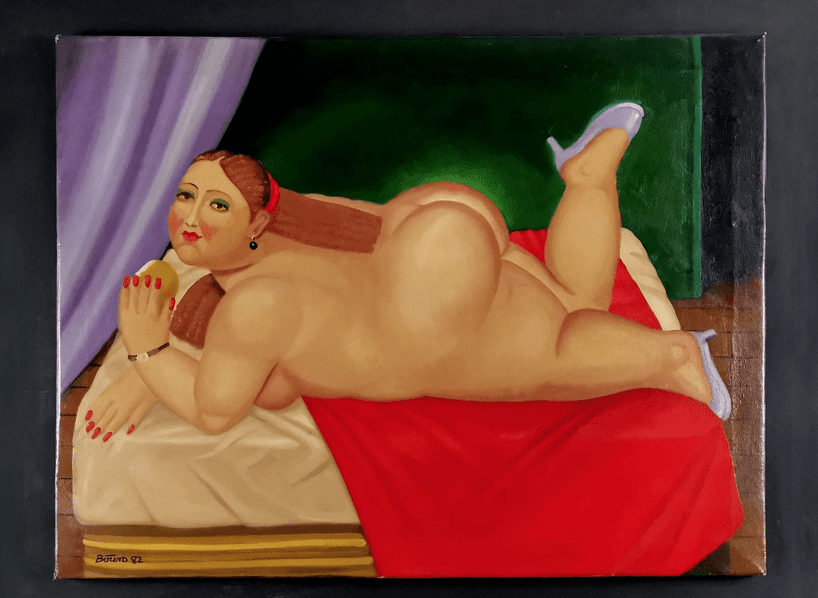Zoia Skoropadenko remembers and celebrates Fernando Botero, who died in Monaco on Friday, September 15, 2023
In the panorama of the 20th century, where the lean and angular have so often been exalted, the voluptuous curves of Fernando Botero’s sculptures and canvases hold a unique fascination. It is with a mixture of sadness and profound respect that we bid adieu to this master of rotundity. His creations defy categorisation and stand out, quite literally, in bold relief against the flatness of much contemporary art. Despite his international renown, Botero’s relationship with the diminutive city state of Monaco remains one of the less celebrated chapters in his illustrious career.
The Principality of Monaco, synonymous with opulence and glitz, might not seem the natural abode for an artist like Botero. Yet, it was in Monaco that Botero found both refuge and inspiration, and the confines of his studio here became the birthplace of many of his later masterpieces.

Botero’s studio in Monaco wasn’t merely a space; it was a veritable theatre where his rotund figures were conjured to life. Monaco was where the curtains were perpetually raised, with Botero playing both director and lead.
Monaco wasn’t merely a place of work for Botero; it was also a source of inspiration. The juxtaposition of the city state’s affluent denizens with his own magnified subjects gave birth to some striking creations. One recalls the ample Woman with a Parasol, where Botero’s subject mirrors Monet’s masterpiece, yet for a mere million rather than an impressionistic 20 or 30 million.
“Why?” is a question often posed about modern art and its artists. Why were Botero’s figures so vastly exaggerated? The answer, of course, is to stand out, to be remembered, and to be immediately recognisable — just like Monaco, instantly identifiable even from a distance.

Born in Medellín, Colombia, Botero’s oeuvre transcended his humble beginnings, reaching global corners where his distinctive style became synonymous with a celebration of form and abundance. But of all the places that played host to his artistic endeavors, Monaco held a particularly dear spot in his heart and narrative. It wasn’t merely a residence; in many ways, it was his sanctum of creation.
Botero once said: “Art should be an oasis, a place of refuge from the hardships of life.” With this sentiment, it’s easy to understand why he chose to live in Monaco, a veritable haven.
Botero’s demise is a profound loss to the art world. But his legacy, akin to the voluminous figures he crafted with such affection, will occupy an expansive, undeniable space in the annals of art. The timeless allure of Botero’s art, crafted amidst Monaco’s juxtaposition of history and modernity, ensures that in bidding goodbye to Fernando Botero, we don’t just mourn an artist; we lament an era, a unique perspective, and most notably, a maestro who taught us that volume in both art and life is less about size and more about substance and essence.
As his sculptures grace Monaco’s landscape and his paintings its galleries, Botero, in all his voluminous splendor, will forever remain an indelible mark on its rich tapestry.
MAIN IMAGE: Fernando Botero (Reuters), Femme allongée, Woman with a parasol


